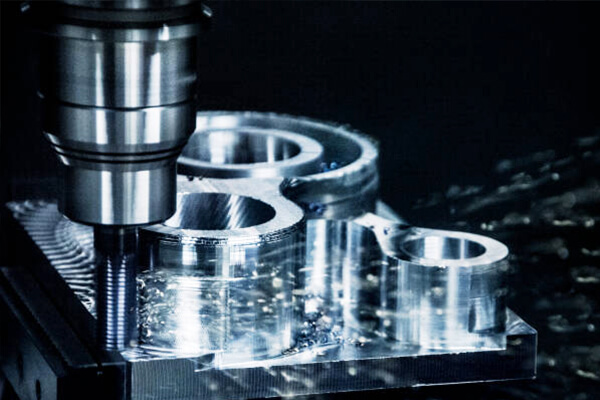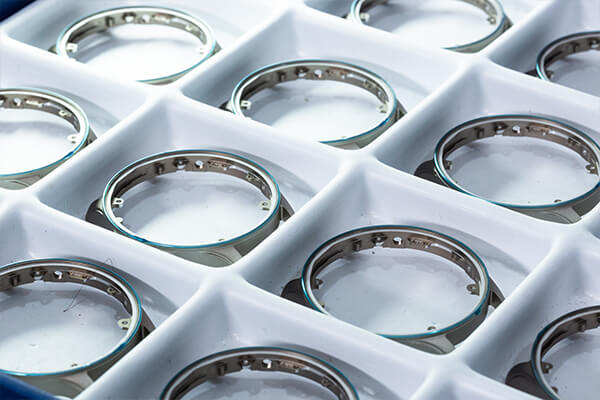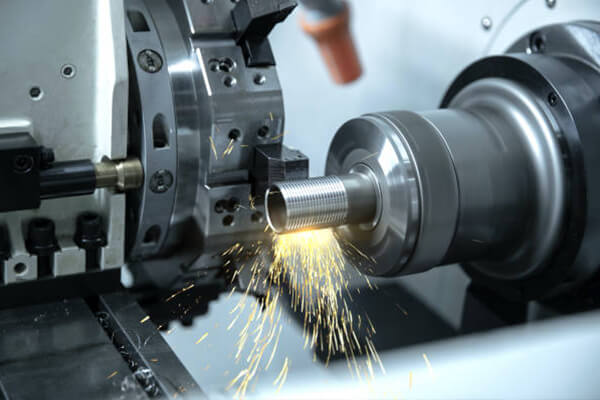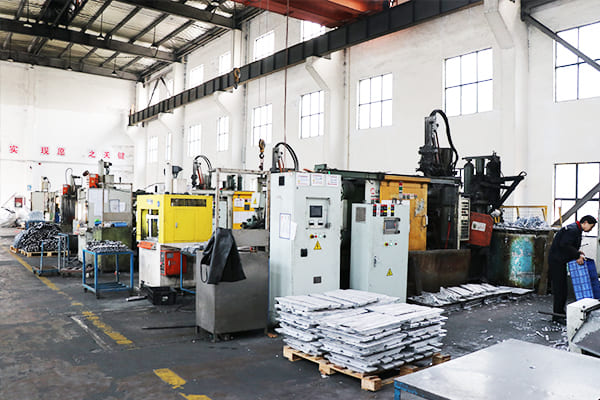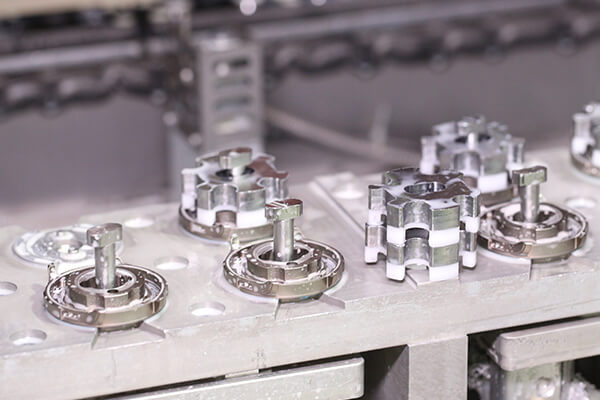
get to know us
Improve machining accuracy
First, employees must have a lot of experience working with machines and good technology. To do well with machining, you need good technology. We all know that machining is a careful job as well. This is a very good test of how things are made. It will take a long time, even if it can be done well. If you don’t get off to a good start, it’s easy to give up.
The second thing that determines whether a product is high quality is whether the technology used to make it is standardized and advanced. It is also the one thing we can’t do without when making company rules and regulations. To make perfect products, both production and management have to follow a full set of steps.
What is allowance?
To make qualified parts with precision CNC machining, a piece of metal must be cut from the blank. The thickness of this layer of metal is called the machining allowance. There are two parts to machining allowance: the process allowance and the total allowance. In a process, the machining allowance is the thickness of the metal layer that will be removed. The total allowance is the amount that needs to be taken away from the blank to get to the finished product. It is equal to the sum of the allowances for each process on each surface.
Use of material allowance
The reason for leaving a machining allowance on the workpiece is to remove the precision CNC machining errors and surface defects left by the previous process, such as the chill layer, pores, sand inclusion layer, and surface oxide skin on the surface of the casting. Forgings, decarburized layers, surface cracks, internal stress layers after machining, surface roughness of CNC machining, etc., to improve the accuracy and surface roughness of workpieces.
The effect of allowance control on quality
The size of the machining allowance has a big effect on the quality of the machining and how well it works. When there are too many machining allowances, it takes more time to do the work and makes less money. It also uses more materials, tools, and electricity, which drives up the cost of precise CNC machining. If the machining allowance is too small, it can’t fix the mistakes and flaws from the last process, and it can’t make up for the clamping error that happened during this process, so waste products are made. Material selection is based on the idea that the margin should be as small as possible while still making sure quality. In general, the less machining allowance there is, the more finishing there is.
continue reading
Related Posts
According to product design, once you decide to use CNC to process the product, you should choose the best material, whether it is metal, plastic
According to product design, once you decide to use CNC to process the product, you should choose the best material, whether it is metal, plastic
According to product design, once you decide to use CNC to process the product, you should choose the best material, whether it is metal, plastic

